A Comprehensive History of Tattoos
09 September, 2022Tattoos are a huge part of modern culture in many parts of the world, from biker tattoos to Indian henna traditions. But where did tattoos originate, and how have they withstood the test of time for so many years?
In this article, we will cover the history of early and ancient tattoos, as well as the evolution of tattoos into the modern day. You will learn about tattoos worldwide: European traditions of the Romans, the tattoos of Ancient Egypt, Polynesian traditions, and the Maori tattoo designs of New Zealand.
Was body art always a form of self-expression, or did tattooists have other goals with tattooing? If you have ever been curious about where the tradition of tattooing came from, look no further!
What Are Some Early and Ancient Tattoos?
Tattoos have been found all over the world for centuries. We don’t know exactly how long tattooing has been a part of different cultures. Still, experts estimate that people have tattooed one another since Neolithic times, between approximately 10,000 BCE and 4,500 BCE.
We can also find evidence of early tattooing in art. For example, scientists have found figurines from 5000 BCE Japan in which the faces of the sculpted Japanese people had paintings and engravings representing tattoo marks.
Some, like German ethnologist Karl von den Steinen, hypothesized that tattooing originated in South America with the tradition of decorating the body with scars from wounds caused by plant sap. Many ancient travelers like Marco Polo, Captain James Cook, and Charles Darwin found evidence of tattooing in cultures worldwide, from Africa to Northern India to the Philippines and everywhere in between.
Tattooed mummies have been found in nearly fifty locations worldwide, some as early as 2100 BCE. With so much evidence of tattooing, many wonder if one culture started and spread this tradition or if it evolved around the world simultaneously.
Ötzi the Iceman
The earliest physical evidence of tattooing is found in Ötzi the Iceman. Ötzi is a 4th millennium BCE mummy in the Otztal Alps between Italy and Austria. This bearer of the first tattoo is from the Bronze Age, and experts estimate that he lived in roughly 3300 BCE.
Ötzi had nearly 60 tattoos all over his body, though we do not know their meaning or purpose. Some scientists think these tattoos might be signs of an early form of acupuncture since several of his tattoos align with modern acupuncture points for treating illnesses like arthritis.
The scientists who examined Ötzi found many dotted tattoos and tiny cross-shaped tattoos on Ötzi’s ankle joints, knee joints, and spine. They also found evidence of degeneration in these areas, so scientists concluded that the tattoos might have been a form of therapy. We might never know how his tattoos were formed, but we know that the pigment used in his tattoos was soot.
Ancient Egyptian Tattoos
Scientists have discovered many tattooed bodies in the tombs of ancient Egypt. During the dynastic period, only the women of ancient Egypt were tattooed. They have also found different ancient tattooing instruments at different sites.
Scientists initially believed the tattoos on the ancient Egyptian women marked them as sex workers or dancers. Several of these bodies were highly respected figures, and we don’t know how sex workers and dancers were viewed in ancient Egypt.
Scientists postulate that women were tattooed for therapeutic reasons to protect them during pregnancy. Often, these tattoos were on their abdomen, breasts, and thighs in a net-like pattern of dots.
Scientists have also discovered tattoos on a mummified Egyptian woman from Deir el Medina that relate to the goddess Hathor, such as tattoos of cows, a lotus plant, and more. She also has the famous Eye of Horus on her throat, shoulders, and back, and other hieroglyphs throughout her body.
We know this woman had an important religious meaning to the ancient Egyptians, and she may have even embodied the goddess Hathor herself.
Ancient Chinese Tattoos
Many mummies with tattooed skin have also been found in Xinjiang, in Western China. These mummies are anywhere from roughly 4000 years old to 2500 years old. Tattoos were highly stigmatized in ancient China and considered barbaric.
How do we know this? By reading Chinese literature of the time, we know that bandits and folk heroes are often described as having tattoos. In China, during the Han Dynasty, convicted criminals would be stamped with a tattoo reading “prisoner” to identify them on their faces. This way, if they escaped from prison or after they were released, everyone would know they were a criminal.
It is even rumored that Song dynasty Chinese general Yue Fei had a large tattoo on his back from his mother that read, “repay the country with pure loyalty.”
Maori Tattoo Traditions
The most famous and significant tattoo in ancient Maori culture is known as the moko. This type of tattoo resides on the face of people of high social status. These tattoos were performed using a chisel and a mallet. Only men can have moko tattoos, but women in Maori culture can get facial tattoos on their lips, nostrils, and chin.
The Samoan Tattoo Tradition
Tattoos have been a part of Samoan culture for several thousands of years. People speculate that the English word tattoo might even come from the Samoan word “tatau.”
This word comes from the sound of the tattooing tools. For thousands of years, Samoans in Polynesia have passed down the tradition of giving and receiving tattoos between fathers and sons.
These tattoos can take weeks to complete and are often performed on young men ascending to a new leadership role. Since the process of tattooing is very painful and often comes with a risk of infection, it showed that the tattooed person was dedicated to tradition and culture.
It is believed that two women from Fiji brought the tattooing practice to Samoa. Legend has it that they approached the shores singing a song about who would receive tattoos. At first, no one wanted tattoos, but eventually, the Chief decided to give them a chance and get a tattoo. From there, tattooing became a Samoan tradition.
Samoan tattoo artists are called Tafugas. This occupation passes from fathers to sons, who learn how to perform tattoo designing and execution.
There are many different Samoan terms for tattoos. A Samoan man without tattoos is a telefua or telenoa, translating to “naked.”
Types of Samoan Tattoos
The female tattoo in Samoa is called malu, and the male design is called a pe’a. Men with tattoos are called soga’imiti, and people who could not finish their tattoos due to pain tolerance or a lack of funding are called pe’a mutu.
Pe’a tattoos are very large and painful, especially with traditional tools. These tattoos can span from the knees up to the waist and use complex geometric patterns and shapes, each of which has a special meaning to the person’s family and personality. On the other hand, the women's tattoos span from the knee to the upper thigh and are only shown during traditional dances.
Where Did Tattoos Come From in the Western World?
The emergence of Christian ideals created a stigma on tattoos in Europe. While tattoos were somewhat common as a form of self-expression amongst Roman soldiers and throughout the Roman Empire, Emperor Constantine banned tattoos because he believed they disfigured God’s image.
Tattoos in Ancient Rome and Ancient Greece
In Ancient Greece and Rome, tattoos were used to brand enslaved people, criminals, and prisoners of war. In one famous example, Athenians tattooed owl-shaped symbols onto the Samians after their defeat in battle. In ancient Greek literature, tattooing was called “stizein,” a verb meaning “to prick.”
Tattoos Before the 20th Century
John O’Reilly was a famous Celtic tattooed person during the 1800s. He was called the Tattooed Irishman, and he showed off the tattoos all over his body in the circus and museums. During this time, many people despised his tattoos.
Another famous tattooed person who used the same artists as John O’Reilly was Emma de Burgh. She also showed off her tattoos as entertainment on the sideshow circuit all across Europe. Her tattoos were religious, and many of them represented the Calvary and the Last Supper.
Martin Hildebrandt, a German immigrant, brought tattooing to the United States and opened the first tattoo parlor in New York City in 1846. Much of his 19th-century work has been lost to history, and we may never know what his artistic tattoos consisted of. There is some photographic evidence of what is assumed to be Martin’s work, but we do not know for sure.
Tattoos of the Early 20th Century
In the early 1900s, tattoos were symbols of community and were used to describe a person’s profession and history. Usually, tattoos were most common in the sailing and circus communities.
Sailors tattooed their youngest, newest members to initiate and welcome them aboard. Since sailing was a risky job, the sailors would also use tattoos to identify other sailors who had fallen overboard or drowned. Sometimes, they also had specific tattoos to symbolize the places they had traveled and how long their journeys were.
For women in the 1920s, cosmetic tattoos were all the rage. We think of permanent makeup as a relatively recent invention, but women often got lip liner and their eyebrows tattooed during this time. However, tattoos were still taboo, so many women kept this a secret.
By the 1930s, tattoos were still not accepted and largely associated with repressed sexual desires. Respected members of society did not get tattoos. Sometimes, people got their social security numbers tattooed onto them so they would not forget them.
Tattooing in the Mid-1900s
In the mid-20th century, many people began to get patriotic, nautical, and military tattoos, which began during World War II. Many of these were in the “Sailor Jerry” style, which started a shift toward tattoo acceptance. In the 50s, people associated tattoos with masculinity.
However, tattoos were quickly re-stigmatized in the 1960s because of increased hepatitis in New York City. Skull and crossbones tattoos rose to popularity. In the 1970s, tattoos became more accepted.
Bringing Tattoos into The Modern Day
By the late 1900s and early 2000s, tattoos appeared on celebrities and laypeople alike. While some people still worried about visible tattoos dampening their chances of getting a job, things like lower back tattoos and small, quirky tattoos rose to popularity as a form of self-expression.
What Is the Difference Between Ancient and Modern Tattoo Equipment?
Tattoo equipment has evolved a lot over the years. Like other forms of technology have become more sophisticated, so have tattoo machines. Keep reading to learn about what ancient cultures used for tattoo application and what we use today.
Modern tattoo equipment is designed to keep artists and their canvases safe and free from infection. Tattoo shops have very specific licensing and sterilization requirements to protect their clients.
What Did Ancient People Use To Tattoo?
Around the world, different cultures used different tools to tattoo people. For the Maori people, they used a chisel and a mallet. In ancient Egypt, scientists found wooden and bronze tattooing instruments that resemble the tattoo needles we see today.
In Samoa, people used a tool made out of the husk of a boar or from a piece of bone. Artists shaved the bone into a tool that resembled a comb with several sharp serrated needles.
Then, they connected this piece to a sea turtle shell and a wooden handle. These tools came in different sizes for different line weights. The Samoans used ink from the soot of burnt candle nuts, or lama nuts, mixed with sugar water.
What Is Modern Tattoo Equipment?
The modern electric tattoo machine you might find in a tattoo shop was invented by Samuel O'Reilly and was based on one of Thomas Edison’s patents for an electric pen. While pigments came from different minerals, today, tattoo artists largely use organic inks.
What Is The Difference Between Ancient and Modern Tattoo Aftercare?
Today, tattoo aftercare has become an important part of the tattoo process to reduce the chance of infection. Alongside increased equipment sterilization, aftercare has become a key component in healing tattoos correctly.
Now, we have access to more, safer, higher-quality ingredients to assist with tattoo aftercare. We know we should use sun protection like our mineral-based SPF 30 on tattoos to protect them from the sun.
Our Tattoo Balm helps preserve and revitalize your ink to ensure it stays vibrant for years to come, and our Soothing Gel can help soothe itchiness and irritation on fresh ink. Imagine trying to survive the itchy, flaky tattoo healing process without aftercare products!
While we do not know the exact processes for tattoo aftercare in different ancient cultures, we can assume that they did not have access to the same type of sterile equipment or healing balms that we do today.
Conclusion
Tattoo history is long and storied. The tattoo art form has been practiced worldwide for many different reasons.
In Ancient Egypt, they were thought to have medicinal purposes as a form of protection for pregnant women. In Samoan culture, they were and continue to be used as a sign of commitment and strength.
In the modern Western world, tattoos are most often used as a form of self-expression. However, people also still use tattoos to celebrate tradition and commitment. Siblings or other types of relatives and partners often get matching or related tattoos to celebrate their commitment and love for one another.
The type of tools people use for tattooing has also evolved. While some cultures still use traditional tools, in large part, the tools that tattoo artists use today are much safer than those of previous years. Modern tattoo artists must have certain licenses and precautions to keep their human canvases safe and healthy.
Sources:
The History and Origin of Tattoos | Authority Tattoo
A brief history of tattoos | Wellcome Collection
History of Tattooing - When were Tattoos Invented? | History of Tattoos
Neolithic | Definition & Facts | Britannica
Tattooing in Ancient Egypt | American Resource Center in Egypt
Samoan Art in the Tatau (Tattoo) - Teachers | U.S. National Park Service
History of Polynesian Tattoos | The Collector
The Curious and Remarkable Life of Martin Hildebrandt | ARTWORLD CONFIDENTIAL
Try risk-free & save with the Essential Sets


Daily Defense Set





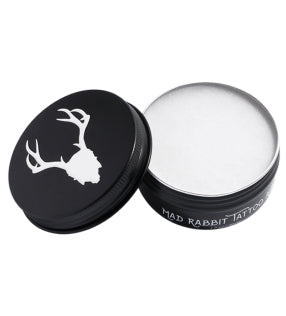
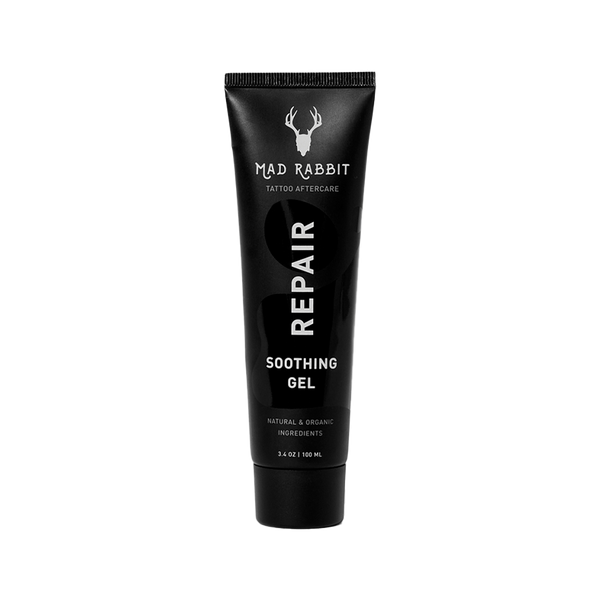
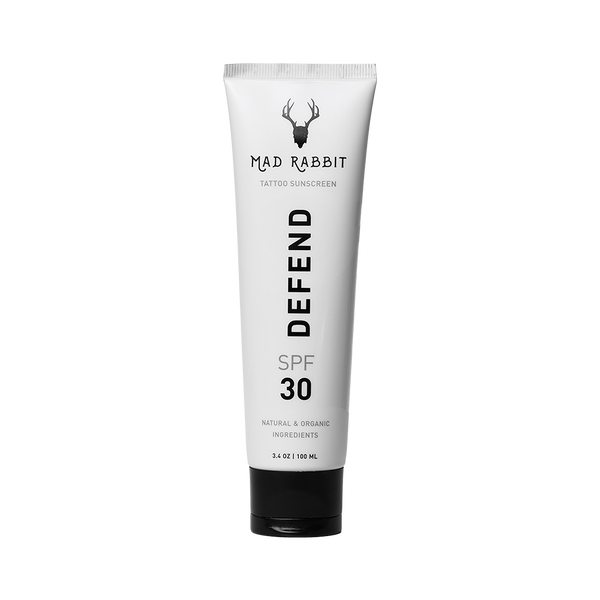
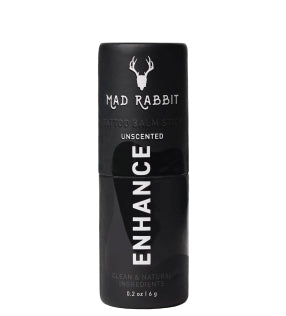
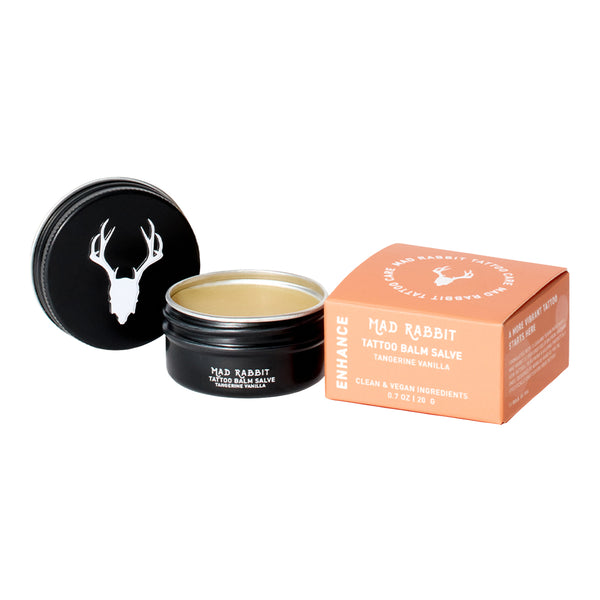

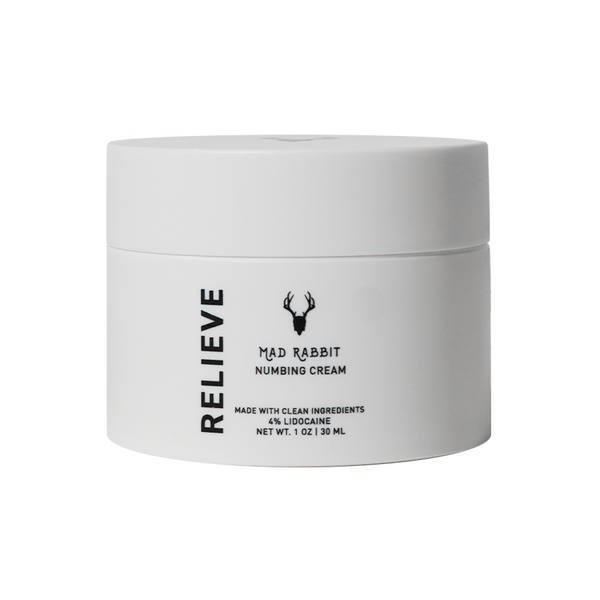

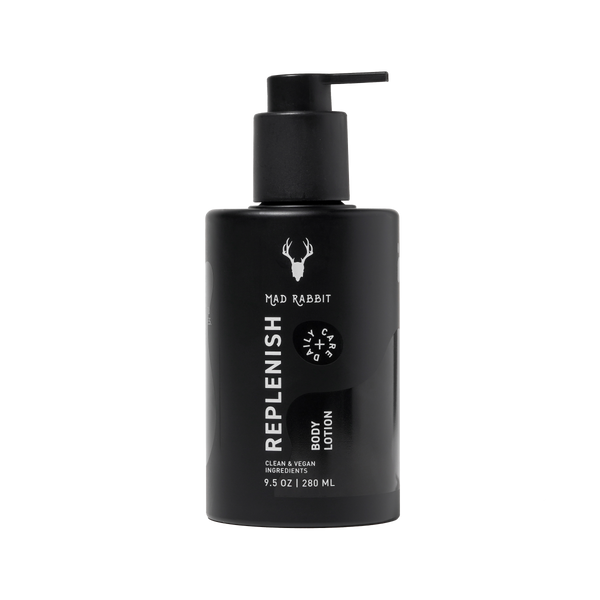


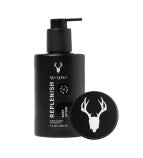







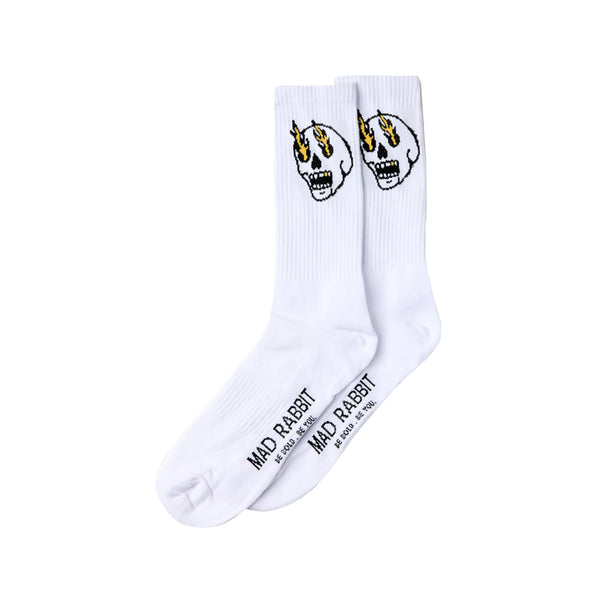

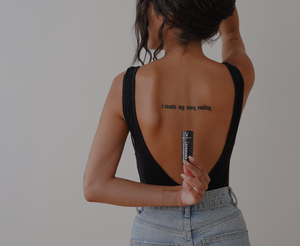
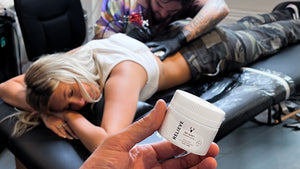
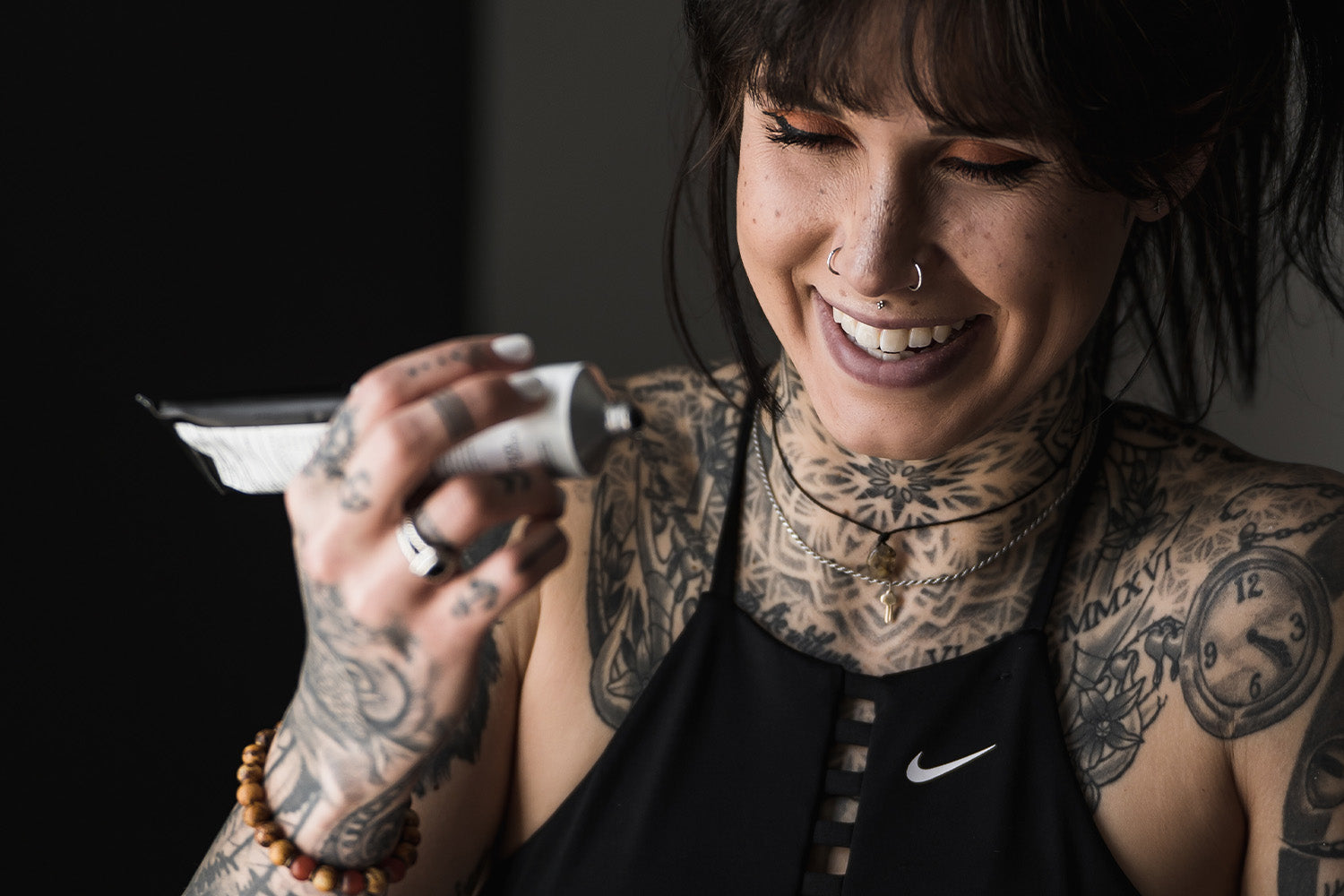
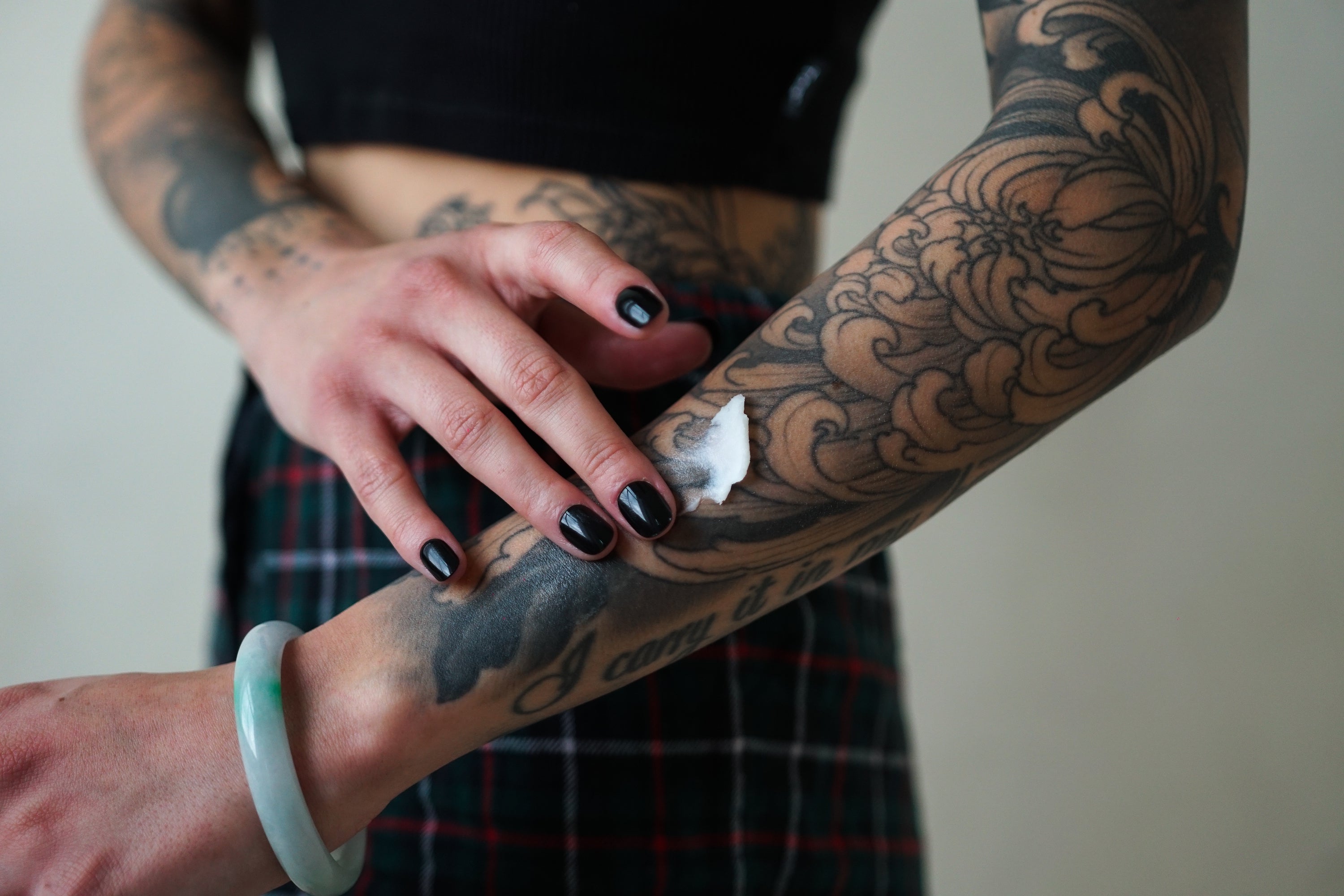
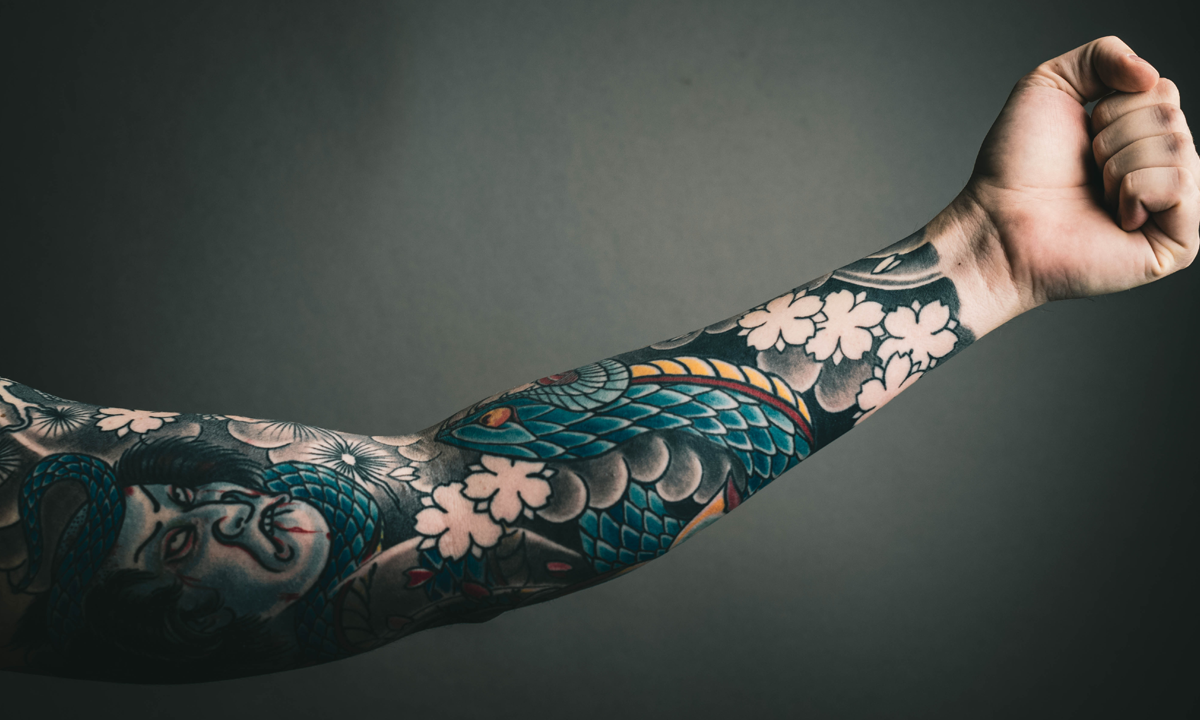
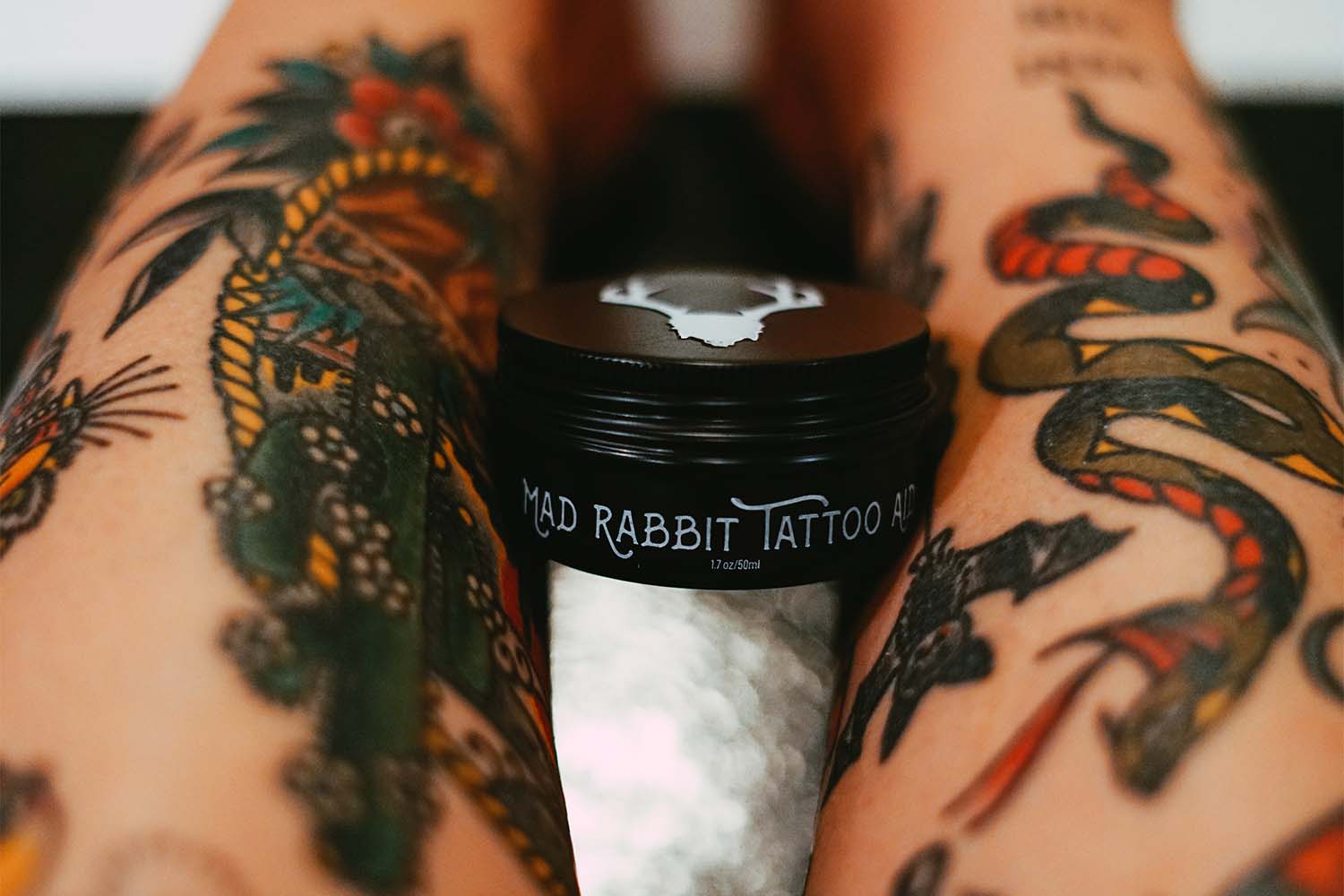
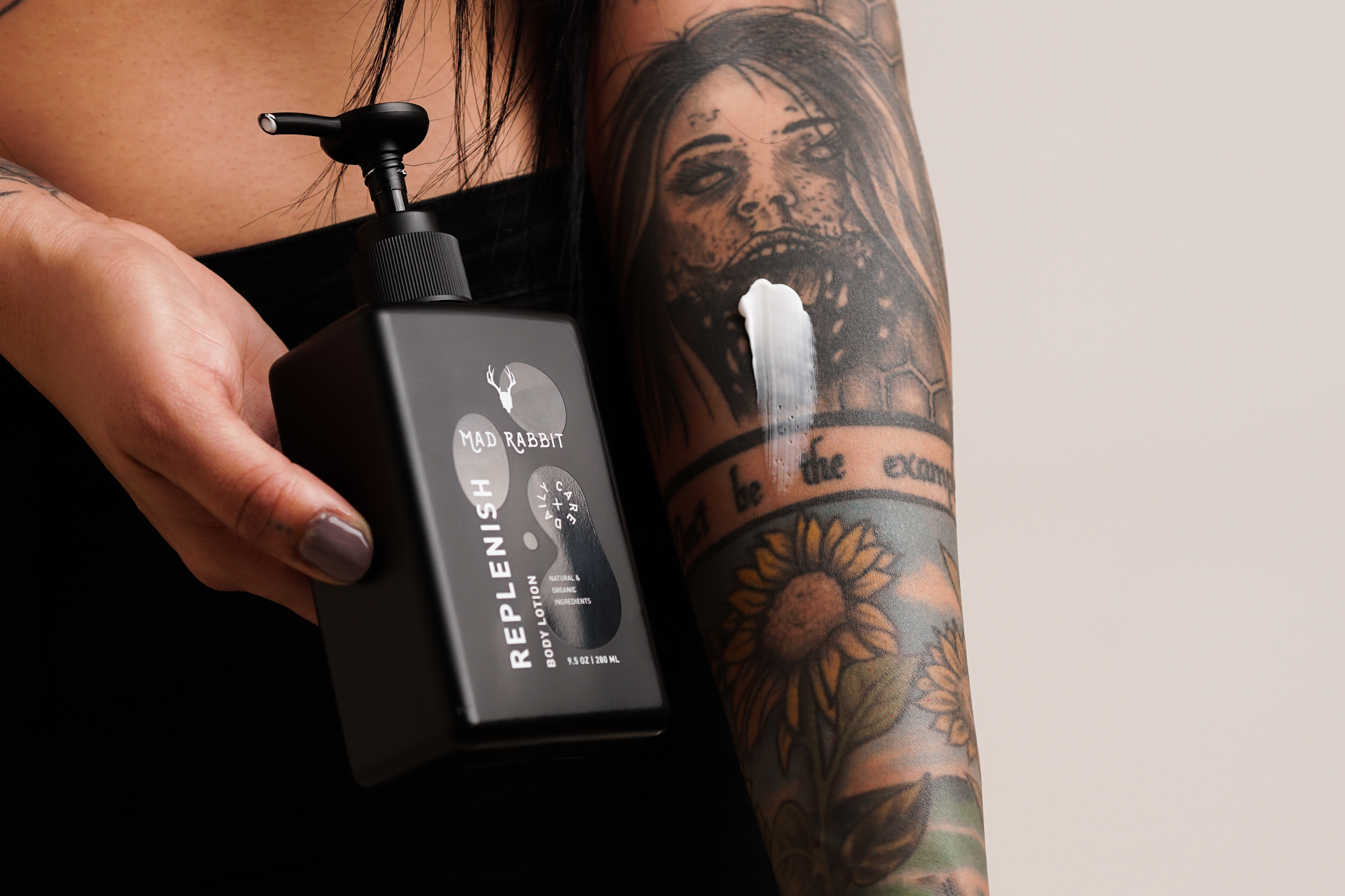
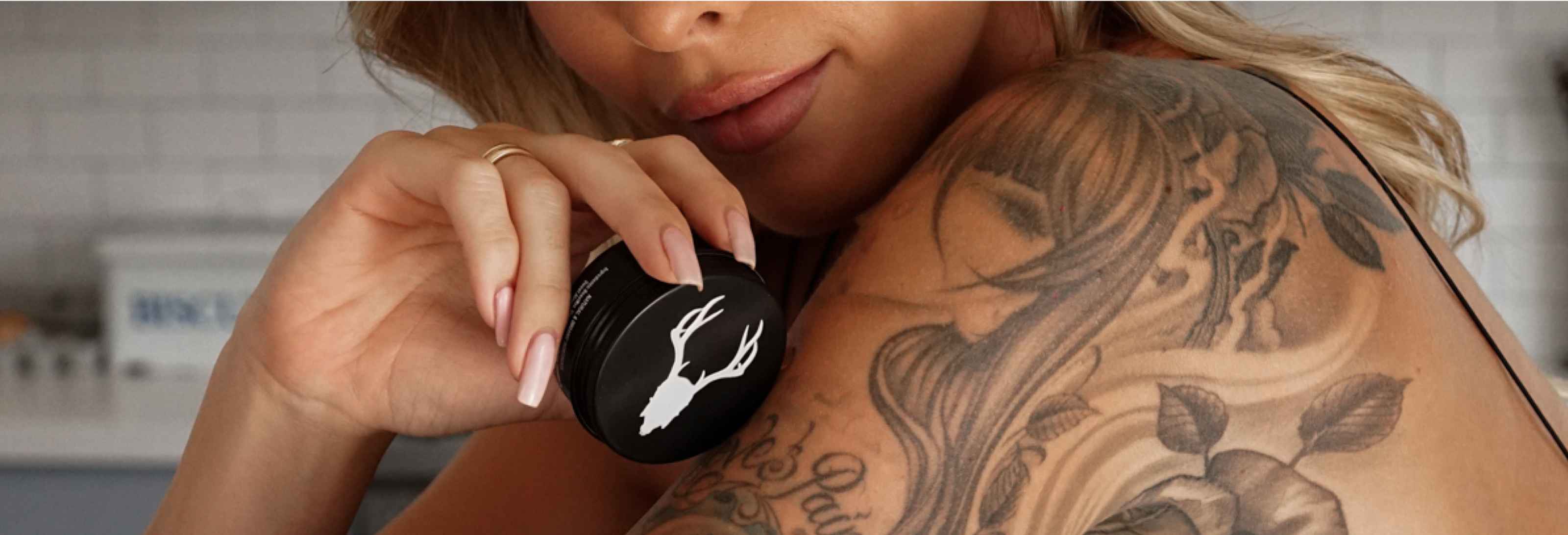
Join the discussion